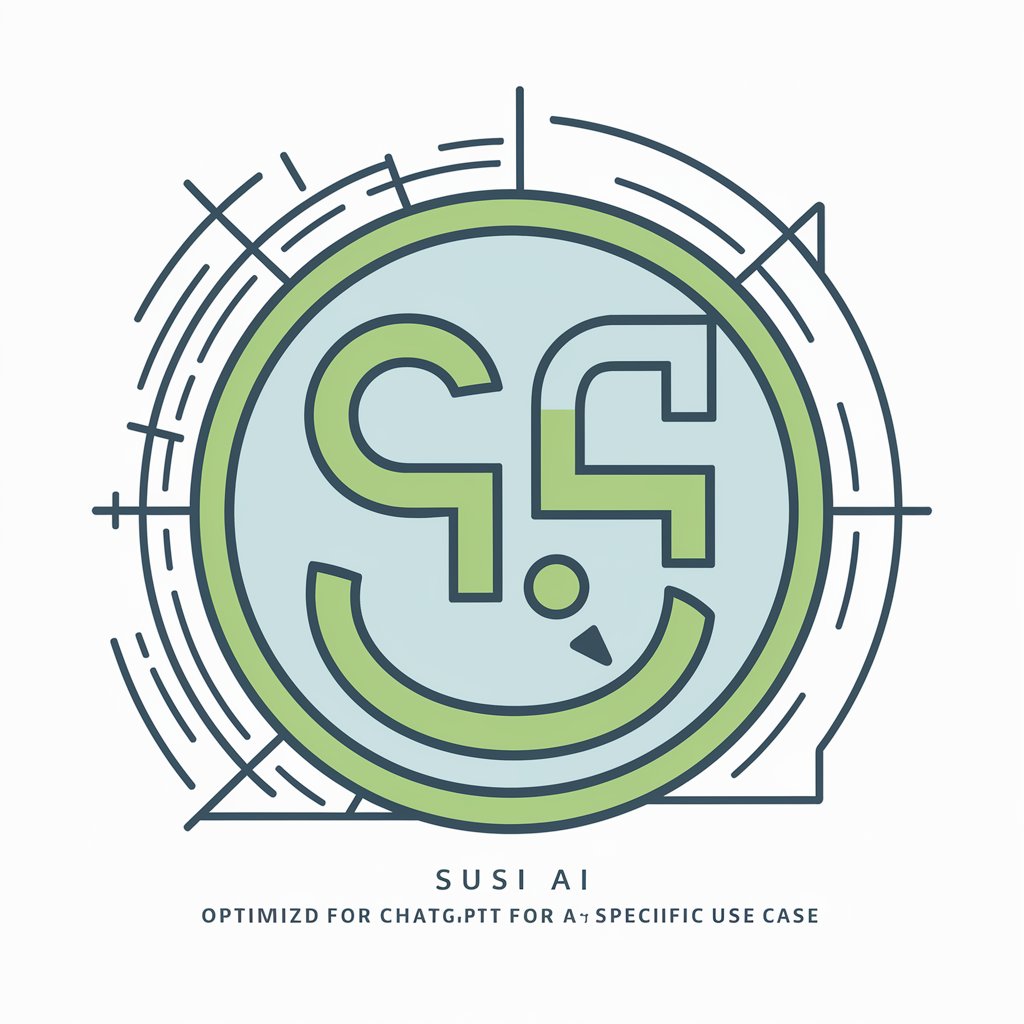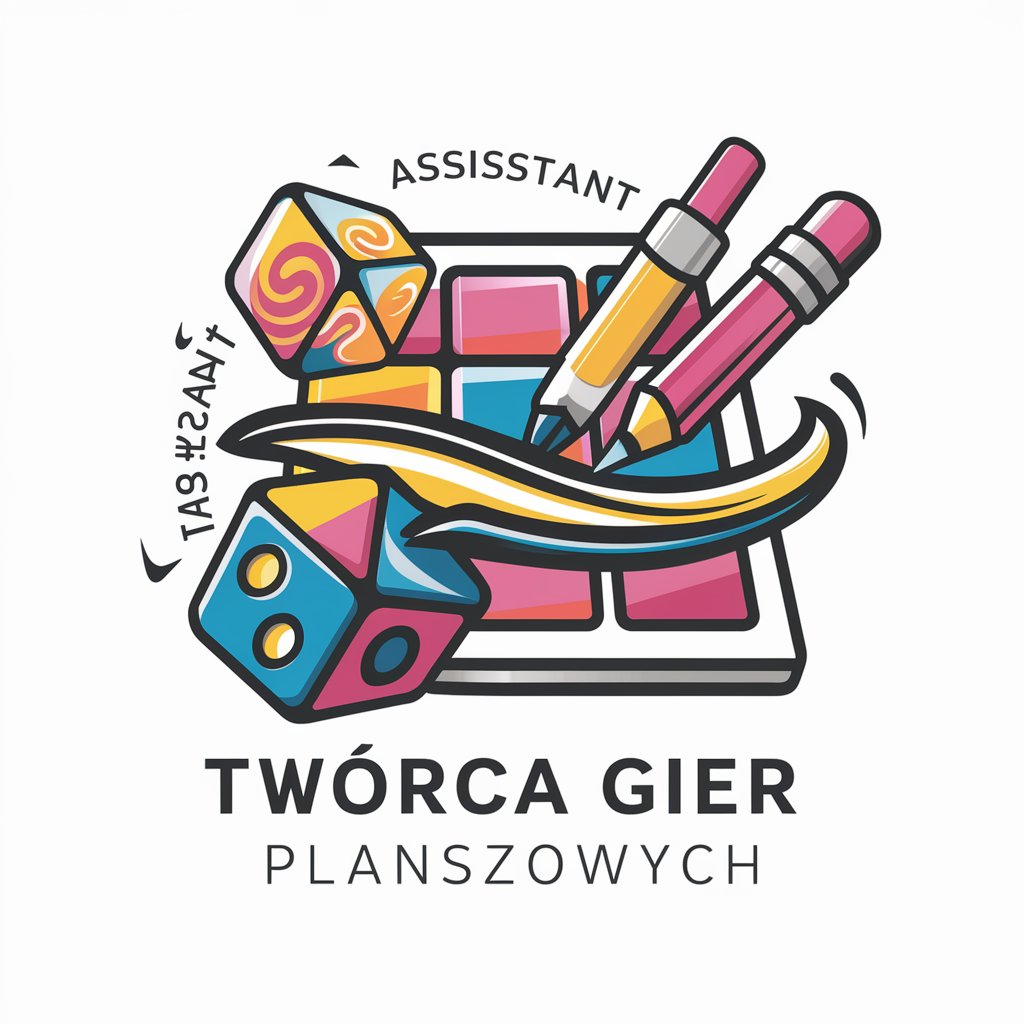UX Companion - UI/UX Design Critique

Hi there! Let's make your design even better!
Elevate Design with AI-Powered Feedback
Can you review this user interface and provide feedback using the rose, thorn, bud method?
What are the strengths and weaknesses of this app design?
Suggest improvements for this website layout based on UX principles.
How can I enhance the usability of this mobile app?
Get Embed Code
Understanding UX Companion
UX Companion is designed as a specialized tool to provide constructive criticism and advice on user interface design works. It supports users by analyzing screenshots, app designs, mockups, or designs from tools like Figma or Sketch, offering feedback based on the 'rose, thorn, bud' method followed by cognitive walkthroughs upon request. This approach ensures balanced feedback that highlights positives, identifies areas for improvement, and suggests future opportunities. For example, when a user uploads a mobile app interface design, UX Companion might commend the intuitive navigation system (rose), suggest improvements for better accessibility (thorn), and propose the integration of voice command features to enhance user interaction (bud), all while maintaining a friendly and encouraging tone. Powered by ChatGPT-4o。

Core Functions of UX Companion
Detailed UI Design Analysis
Example
Evaluating the color scheme and font choices of an app for readability and brand consistency.
Scenario
A user submits a design of an e-commerce app. UX Companion analyzes the design, noting that the use of vibrant colors aligns with the brand's energetic identity but suggests increasing the font size for product descriptions to improve readability for a wider audience.
Constructive Feedback Using 'Rose, Thorn, Bud' Method
Example
Identifying strengths in layout design, areas of friction in user flow, and opportunities to implement AI recommendations.
Scenario
For a submitted health tracking app design, UX Companion highlights the clean and efficient layout (rose), points out the complex process of logging activities (thorn), and suggests the integration of AI to propose personalized activity recommendations (bud).
Cognitive Walkthroughs
Example
Assessing the user experience by simulating the journey of a new user interacting with the design.
Scenario
A user uploads the interface of a budgeting app. UX Companion performs a cognitive walkthrough, simulating a first-time user's experience to identify and suggest improvements for a more intuitive setup process, ensuring users can easily start managing their finances.
Who Benefits from UX Companion?
UI/UX Designers
These professionals can leverage UX Companion for an external critique of their designs, gaining insights into usability and aesthetic appeal. The tool aids in refining their work, ensuring it meets high usability standards and is visually engaging.
Product Managers
Product managers can use UX Companion to validate design aspects of their projects, ensuring that user interfaces align with the overall product strategy and user needs. The tool's feedback can help in prioritizing feature development and enhancements.
Startup Founders
For founders with a focus on tech and digital products, UX Companion offers valuable feedback to ensure their product interfaces are user-friendly and optimized for conversion, which is crucial for early-stage user engagement and retention.

How to Use UX Companion
Start with a Free Trial
Access yeschat.ai to initiate a free trial without the need for login or a ChatGPT Plus subscription.
Upload Your Design
Submit screenshots, app designs, mockups, or UI/UX designs from tools like Figma or Sketch for analysis.
Receive Feedback
Get detailed feedback using the 'rose, thorn, bud' method, offering a balanced critique including positives, areas for improvement, and future opportunities.
Request Cognitive Walkthrough
Opt for a cognitive walkthrough to assess the user experience through quantitative and qualitative analyses.
Iterate and Improve
Use the provided feedback and suggestions to iterate on your design, improving usability and user satisfaction.
Try other advanced and practical GPTs
Hanukkah Presents
Enlightening Hanukkah Gifts with AI

Susi
Empowering Creativity with AI

Goal Guru
Empowering Your Goals with AI

River
Discover Rivers with AI

야생의 캐릭터가 나타났다!
Craft Diverse Characters with AI

Calpanion
Empowering your diet with AI

Sandwich
Master the Art of Submarine Sandwiches

Super Article Writer
Empowering your writing with AI-driven insights.

Twórca Gier Planszowych
Empowering Game Creation with AI

最強見出し作成くん
Crafting Headlines with AI Precision

Garden Hose
Streamline Your Gardening with AI

Create Perfect Image Prompt
Transform ideas into visuals with AI

Frequently Asked Questions about UX Companion
What makes UX Companion unique from other UX tools?
UX Companion stands out by offering personalized, detailed feedback using the 'rose, thorn, bud' method, combined with cognitive walkthroughs, to enhance UI/UX designs based on proven UX principles.
Can UX Companion analyze designs from any platform?
Yes, UX Companion can analyze designs submitted from various design tools like Figma, Sketch, and others, as long as they are provided in a compatible format such as screenshots or exported images.
How does the cognitive walkthrough work?
The cognitive walkthrough method involves a step-by-step analysis of the user experience, evaluating how intuitive and user-friendly the design is, based on quantitative data and qualitative insights.
Is UX Companion suitable for beginners?
Absolutely, UX Companion is designed to be user-friendly for designers at all levels, offering constructive feedback that is educational and easy to understand, making it an excellent tool for beginners and experienced designers alike.
How can I get the most out of UX Companion?
To maximize the benefits, it's recommended to provide detailed design contexts, be open to iterative design processes, and utilize the feedback for both immediate improvements and long-term learning and development in UI/UX design.
